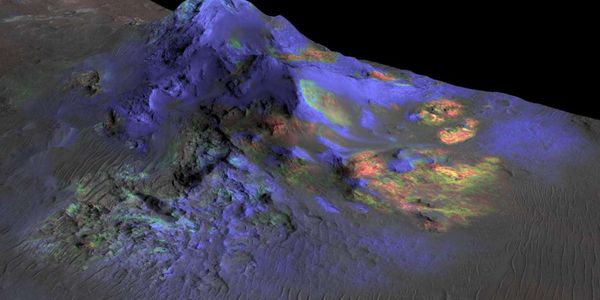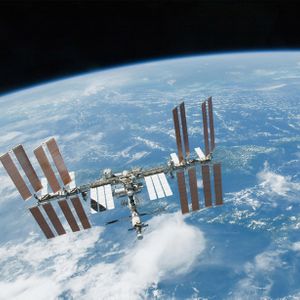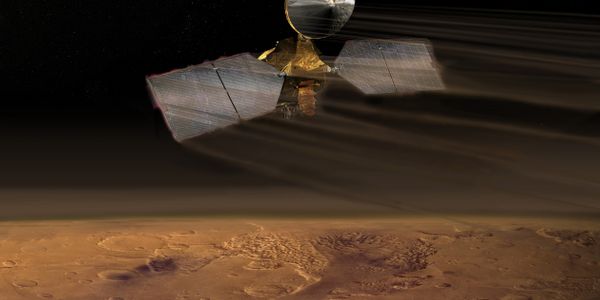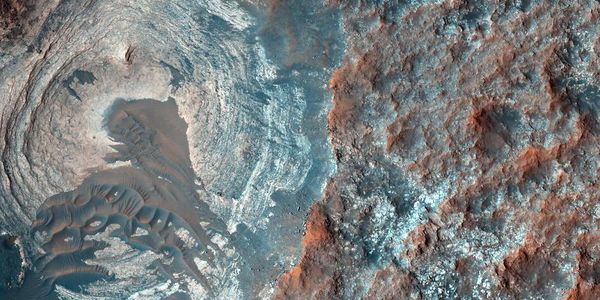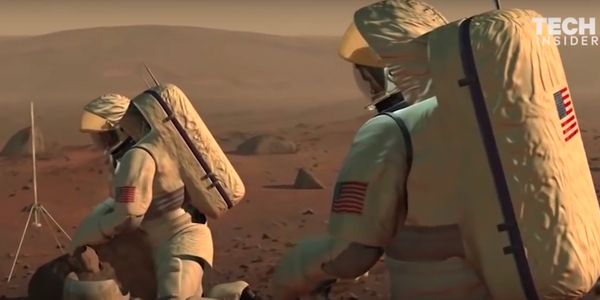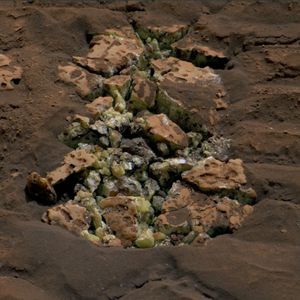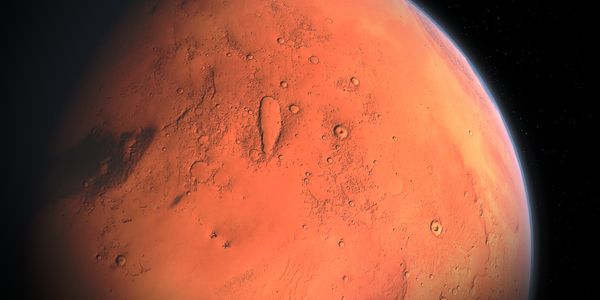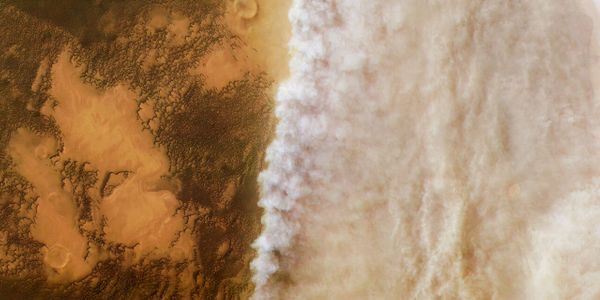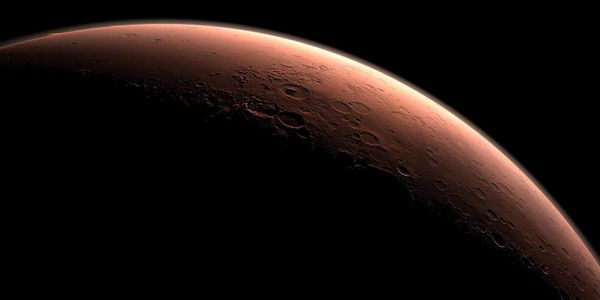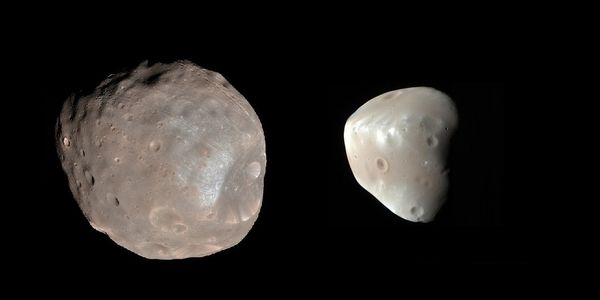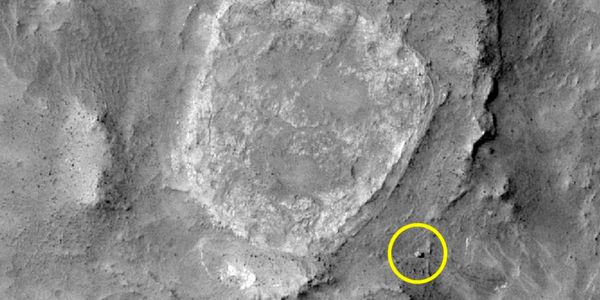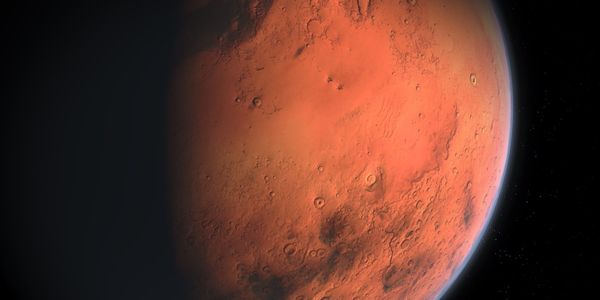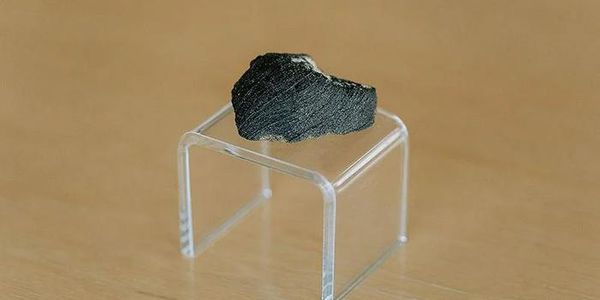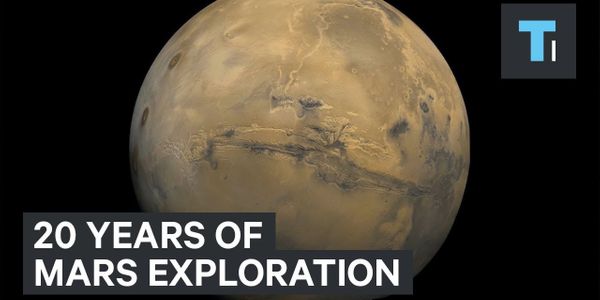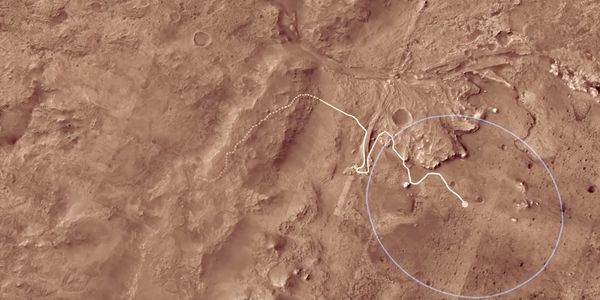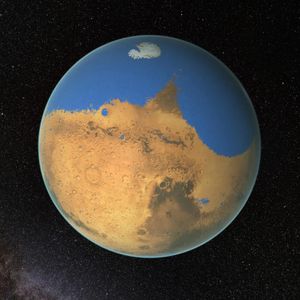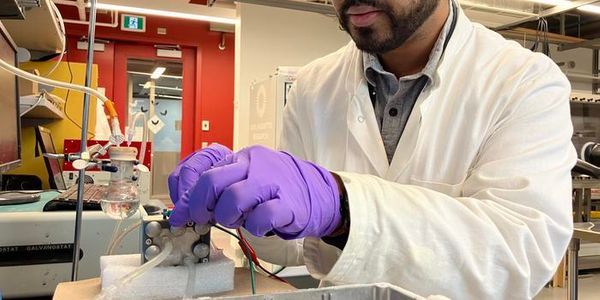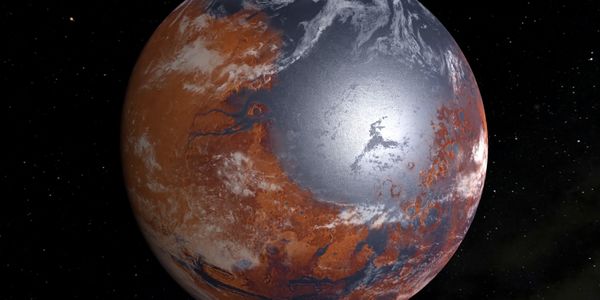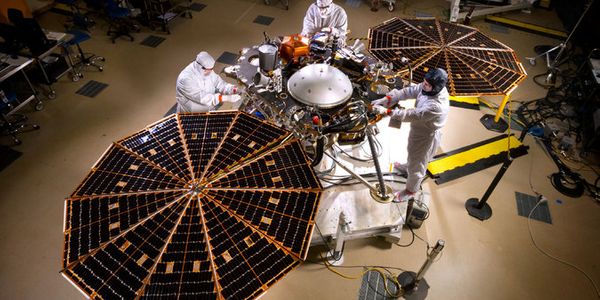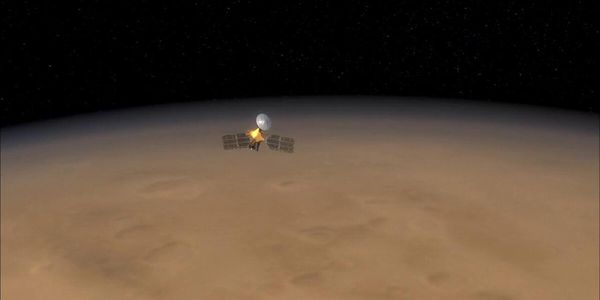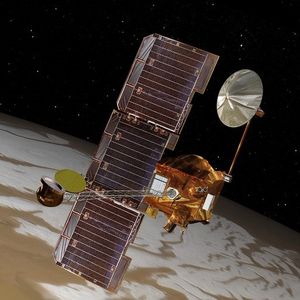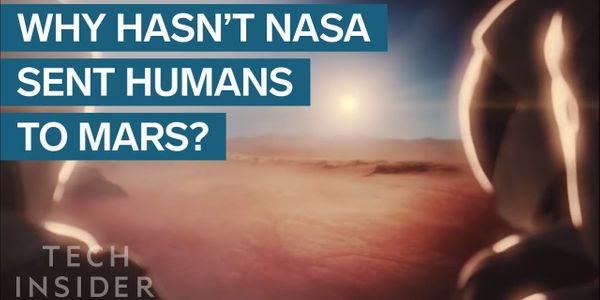Showing 6254 Results
SEARCH
Webinars
(17)
Virtual Events
(16)
Trending News
(768)
Content Tags
(3)
Users
(5423)
Scientific Products
(27)
-
MAY 14, 2015Space & AstronomyNASA's Curiosity Rover has been exploring the lands of Mars for over two-and-a-half years. Also known as the Red Planet,' Mars is the fourth planet from
-
What plants would be most suitable for a future Mars settlement? This is what a recent study published in The Innovation hopes to address as a team of rese
SEP 15, 2019
Space & Astronomy
NASA plans to launch the Mars 2020 rover mission by July 2020, a move that should spell out a February 2021 landing. But before the rover is ready for laun
JUN 08, 2015
Space & Astronomy
NASA has been examining the lands of Mars for years in hopes of uncovering whether or not any form of life exists on the neighboring planet. Although many
How would medication expiration dates influence a human mission to Mars? This is what a recent study published in npj Microgravity hopes to address as a te
FEB 03, 2022
Space & Astronomy
Getting to Mars is hard. Really hard. Really, really hard. It’s so unbelievably hard, it takes years—often decades—for a mission to Mars
APR 10, 2015
Space & Astronomy
The target of this observation is a circular depression in a dark-toned unit associated with a field of cones to the northeast. At the scale of an image ta
JUN 20, 2018
Videos
As it turns out, we have it pretty good on Earth; the planet’s magnetic field keeps us safe from most forms of harmful cosmic radiation that
Did life ever exist on Mars, and if so, how did it get there? This is the goal of NASA’s Curiosity rover, which has traversed Gale Crater on Mars sin



